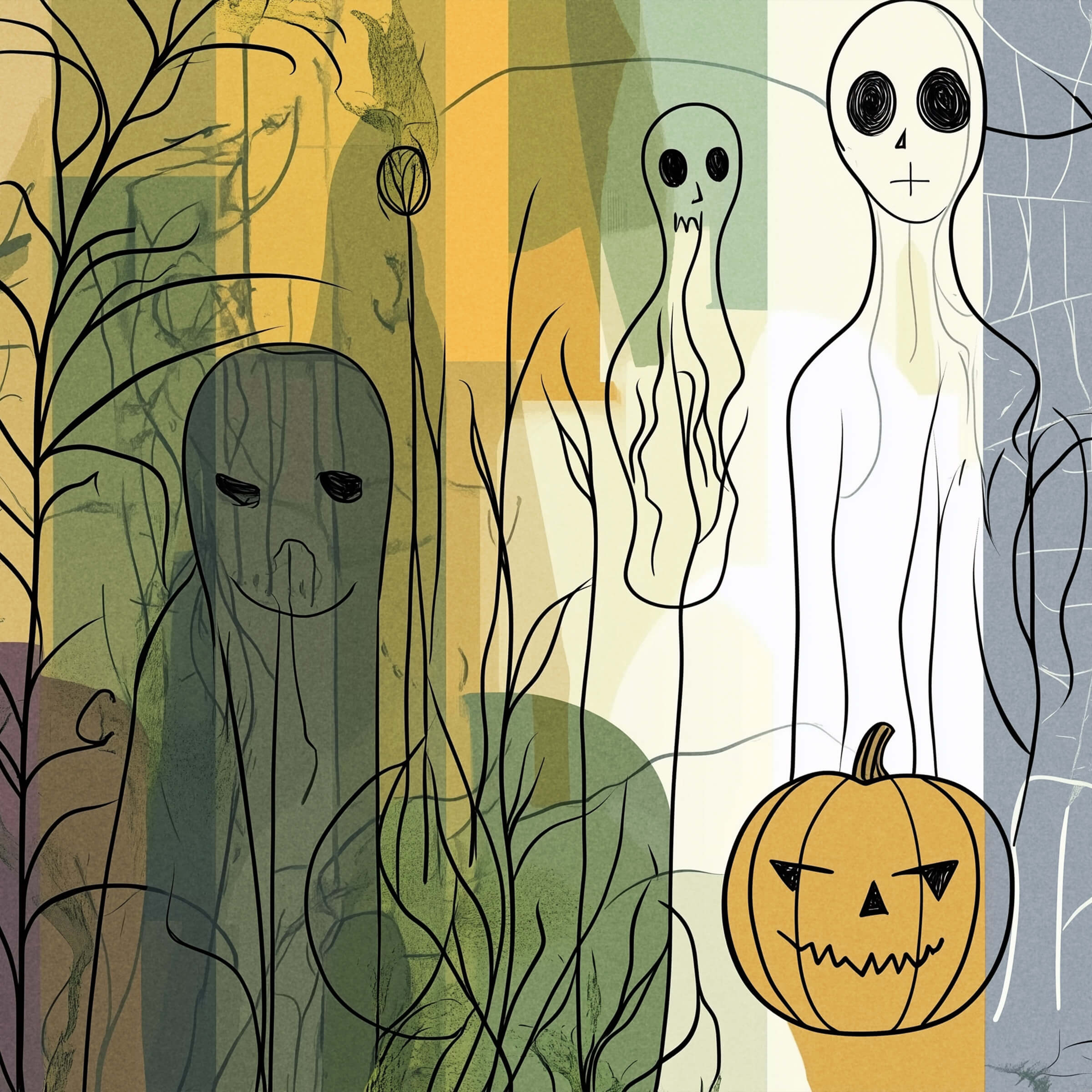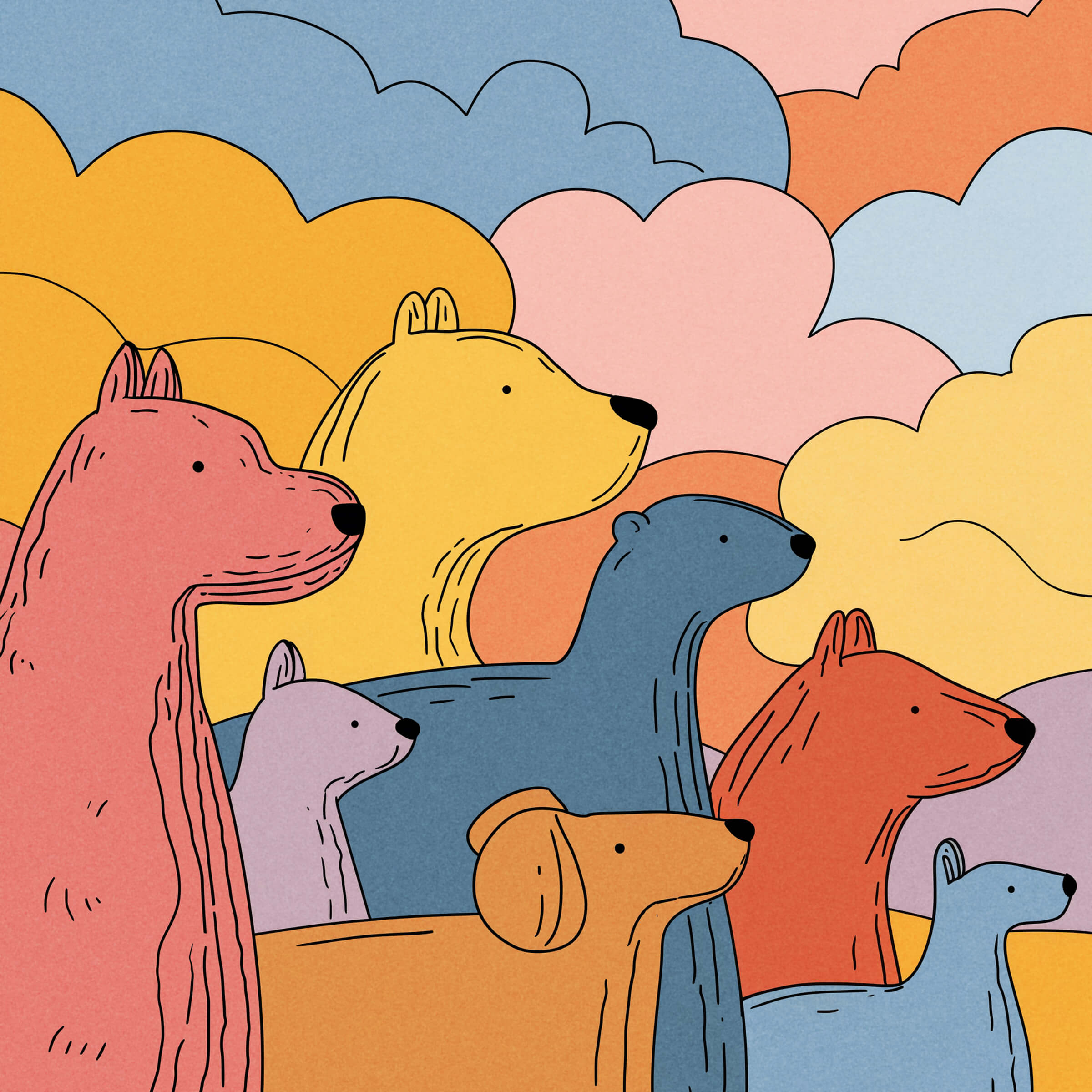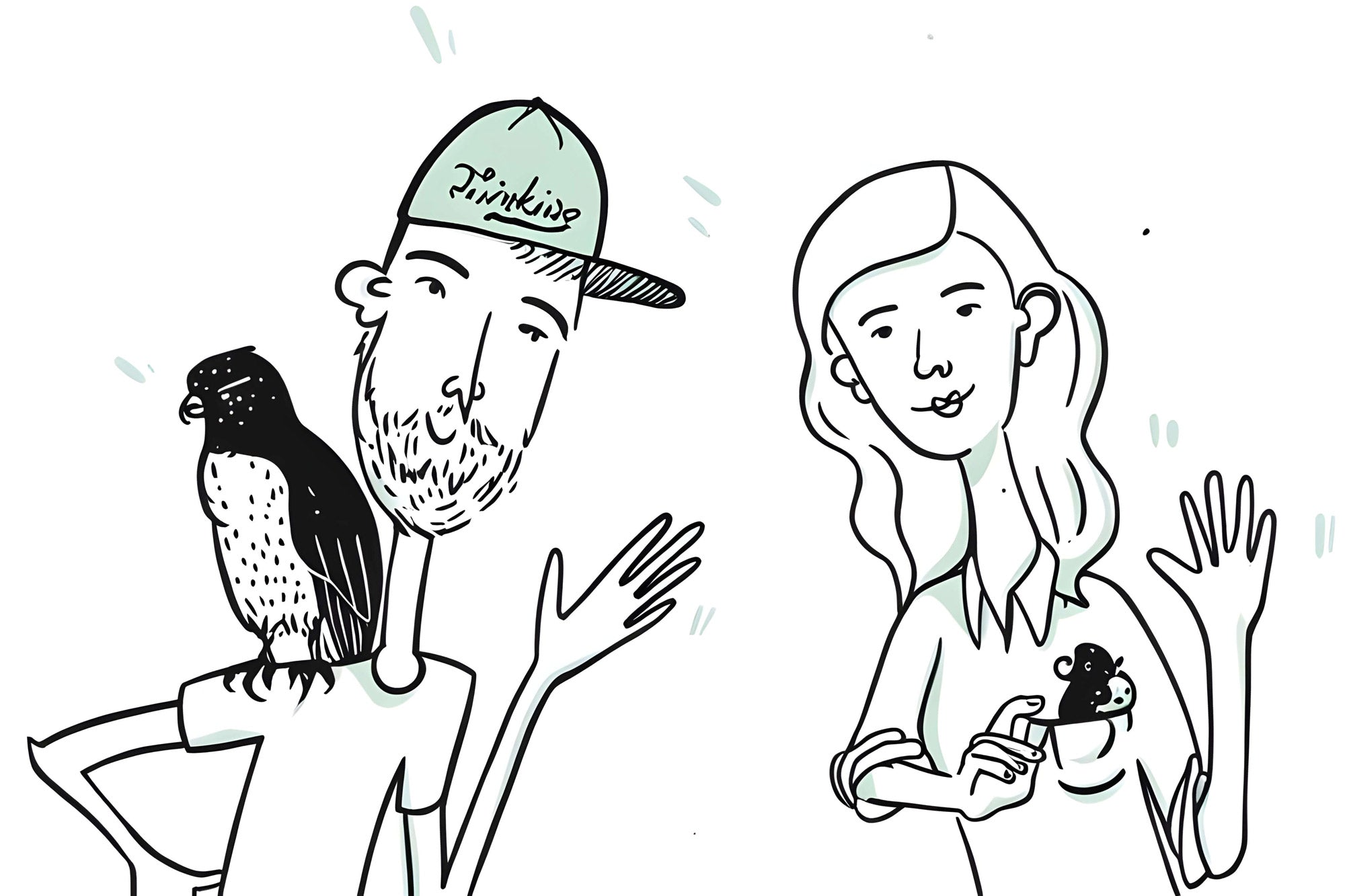
Halloween Trivia: 20 Spooky Facts About All Hallows Eve
Ah, Halloween. That magical time of year when it's socially acceptable to dress up as your favorite serial killer and beg strangers for candy. But beyond that sugar-fueled frenzy and questionable costume choices lies a cauldron of delightfully dark history and bizarre traditions. From ancient Celtic death omens to White House hauntings, we've graverobbed the kind of Halloween facts that'll make YOU the life of the party – or at least the most unsettling person at the punch bowl;-) Warning: This Halloween trivia may cause uncontrollable urges to carve turnips, bob for apples, or commune with the dead. Proceed at your own risk.
1. In Medieval Times, People Begged for Soul Cakes, Not Candy on Halloween
"Souling" was the medieval precursor to modern trick-or-treating. Folks would shuffle door-to-door on Hallowmas, mumbling prayers for the dead in exchange for soul cakes. Nothing says "holiday cheer" quite like swapping baked goods for spiritual services.
2. Ancient Celts Believed the Veil Between Worlds Was Thinnest from October 31st to December 25th
During this period, ancient Celts thought communication with ancestors and receiving guidance was possible. This belief was central to their celebration of Samhain (pronounced: sah-win), which eventually evolved into modern Halloween traditions.
3. Some Cultures Believed a Creature Named Samhain Ensured Halloween Celebrations Occurred
Halloween decorations were originally intended to guide Samhain and other spirits, while costumes were worn as camouflage to avoid being recognized by these entities. This belief added an extra layer of supernatural significance to the holiday's customs.
4. People Held Silent "Dumb Suppers" to Honor the Dead on Halloween Night
Nothing says "I miss you" like awkwardly passing the salt to an empty chair. In some traditions, an extra place would be set at the table for deceased loved ones during a "dumb supper." The meal would be eaten in complete silence to honor the dead and potentially communicate with them, creating an eerie atmosphere of remembrance.
5. Halloween Was Known as "Nutcrack Night" in Some Parts of England
Also called "Snap-Apple Night," it involved telling fortunes with nuts and apples. Nothing quite captures the Halloween spirit like the sound of teeth potentially cracking on fruit. Dentists everywhere rejoice.
6. Irish Halloween Fruitcake Was Used for Fortune-Telling
In Ireland, a fruitcake called barmbrack was baked with various objects inside for divination. The item found in your slice would predict your future: a ring meant marriage, while a coin signified wealth. It was a delicious way to tempt fate.
7. Some Pagan Traditions Consider Halloween the "Witches' New Year"
While most people pop champagne on January 1st, witches apparently prefer to ring in the new year with pumpkins and existential dread. Marking the end of the harvest season and the beginning of the dark half of the year, Samhain (Halloween) is seen as a time of renewal and reflection in certain pagan circles. It's a spiritual new year that aligns with nature's cycles.

8. Scottish and Irish Women Used Candles to Predict Their Future Husbands on Halloween
Young women would stare at candle flames to divine their future spouse's looks or occupation. This fiery form of divination added a romantic twist to Halloween superstitions. It's a bit like a medieval 'dating app', but with more fire hazards and fewer options to swipe left.
9. There's a Recognized Phobia of Halloween Called Samhainophobia
Some folks are genuinely terrified of Halloween. These poor souls probably hide under the bed from September through November, emerging only when the threat of fake cobwebs and rubber masks has passed. This intense fear of Halloween highlights how deeply the holiday's spooky associations can affect some individuals.
10. The Irish Originally Carved Turnips, Not Pumpkins, for Jack-o'-Lanterns
Before pumpkins, the Irish carved terrifying faces into turnips. Because nothing says "stay away, evil spirits" quite like a root vegetable with a grimace. This practice was rooted in ancient Celtic traditions, where carved vegetables were believed to ward off evil spirits. It is a wonder anyone was scared at all.
11. Abraham Lincoln's Ghost Allegedly Haunts the White House
Several accounts of sightings have been reported over the years, adding a layer of eerie history to the presidential residence. It seems Honest Abe may have extended his term well beyond the usual four years.
12. Bobbing for Apples Originated from a Roman Festival Honoring the Goddess of Fruit
This tradition dates back to a celebration for Pomona, the goddess of fruit and trees. It later evolved into a fortune-telling game where the first person to bite into an apple would be the next to marry.
13. Halloween is America's Biggest Candy-Selling Holiday
An average trick-or-treat bag contains enough calories to fuel a small country. It's the one night of the year when it's socially acceptable to give strangers' children enough sugar to make them vibrate... to the tune of 3,500-7,000 sugar-coated calories worth on average.
14. The First Lady to Decorate the White House for Halloween Was Mamie Eisenhower in 1958
She initiated this tradition with elaborate decorations that have continued in various forms since then. This presidential endorsement helped cement Halloween's place in American cultural celebrations.
15. Hollywood, California Bans the Use of Silly String on Halloween
In a town known for excess, apparently Silly String crosses a line. It's nice to know that in the land of make-believe, there's a limit to how silly things can get. At least on Halloween.
16. Illinois Produces Over 1 Billion Pounds of Pumpkins Annually
As the leading state in pumpkin production in the U.S., Illinois (aka Land of Lincoln) contributes significantly to Halloween festivities. Most of these pumpkins are used for Halloween decorations and pies, feeding America's autumn obsession.
17. Medieval Europeans Believed in a "Dance of Death" on Halloween
The "danse macabre" was thought to be a wild, hideous carnival where the dead would rise. This dance of death was often depicted in church decorations and sometimes enacted in village pageants, with people dressing up as corpses from various social classes.

18. Hearing Three Knocks with No One There Was Considered a Death Omen
Knock knock. Who's there? Death, apparently. In some traditions, this eerie occurrence on Halloween night was believed to foretell the death of a loved one. It added an extra layer of supernatural dread to the holiday's atmosphere.
19. Looking at Your Moonlit Shadow While Trick-or-Treating Was Thought to Bring Death
Even your own shadow was out to get you on Halloween. It's the original "killer selfie" – long before smartphones made self-obsession socially acceptable. Speaking of Death and those fascinated by it (no judgement), you should check out our Fun Facts About Death print.
20. Some Historians Believe Ancient Celts Performed Human Sacrifices During Samhain
It is thought that those convicted of particularly heinous crimes were sacrificed at this time. This grim possibility highlights the more serious, ritualistic aspects of ancient Halloween predecessors.
Bonus: The Jack-o'-Lantern Tradition Comes from an Irish Legend About a Man Named "Stingy Jack"
According to the tale, Jack's soul was condemned to wander eternally with only a hollowed-out turnip and a piece of burning coal from hell to light his way. This story explains both the origin of jack-o'-lanterns and why they were originally made from turnips. The afterlife has no patience for penny-pinching pranksters.
Now that you're armed with enough Halloween trivia to raise the dead (or at least bore them back to sleep), why stop here? Keep that mortuary party going with more Fun Facts About Death – putting the "fun" in funeral since... well, forever. And for those of you who found our ancient Celtic human sacrifices intriguing, your assigned reading is the Fun Facts About Ancient Civilizations article. So until next time, keep it spooky, and remember – that thing lurking in the shadows? It's probably just your newfound knowledge, hungering for more deliciously dark trivia.






